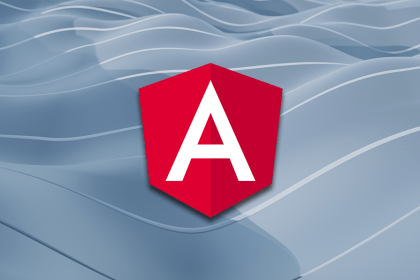
What does Angular’s evolution mean for developers? Explore where we came from, where we are now, and why it might be time for another look.
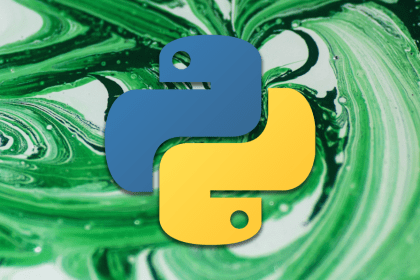
AI speech-to-text services can make it easy to produce audio transcriptions quickly. Learn how to leverage them in this post.
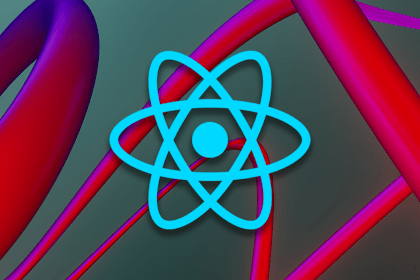
Implement React Suspense to manage async operations, and compare it with other async rendering methods such as the `useEffect` and `useEffect Hooks`.

Dioxus, a Rust library, allows you to build cross-platform UI components. It works like a hybrid of React with the safety and speed of Rust.
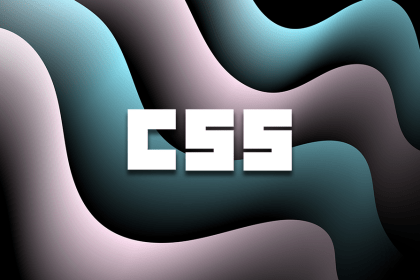
Accessibility is one of the most overlooked topics in web development. But as developers, if we want our websites to […]
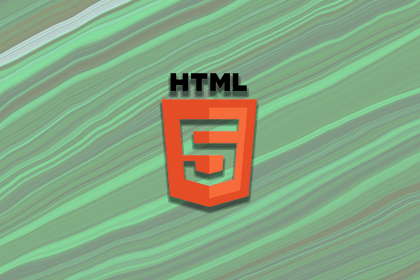
We demystify HTML landmarks, discuss the nuances of different types, and show how to use them to help screen reader users navigate a site.
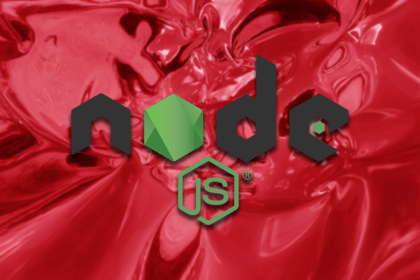
We explore four of the top Node.js compilers online and compare their features, price points, collaboration abilities, and more.

We spoke with Kirk to learn about his approach to building and nurturing teams and how he leverages tech to increase student engagement.
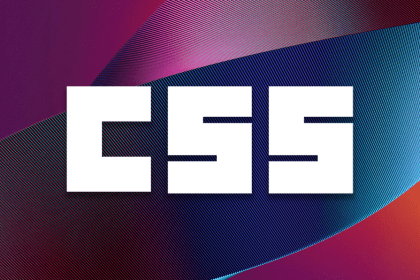
Explore the CSS `overflow` property, which controls what happens to content that is too large to fit in an element’s box.
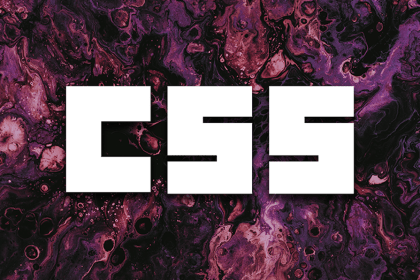
CSS content-visibility helps boost rendering performance by controlling whether or not an element renders its contents.
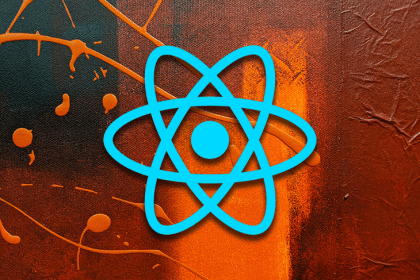
React Native encryption libraries have a lot to offer in terms of providing smooth security checks for your Expo apps. Learn about it here.

We explain how to extend VS Code using the Continue extension to seamlessly integrate and leverage the features of ChatGPT in your IDE.